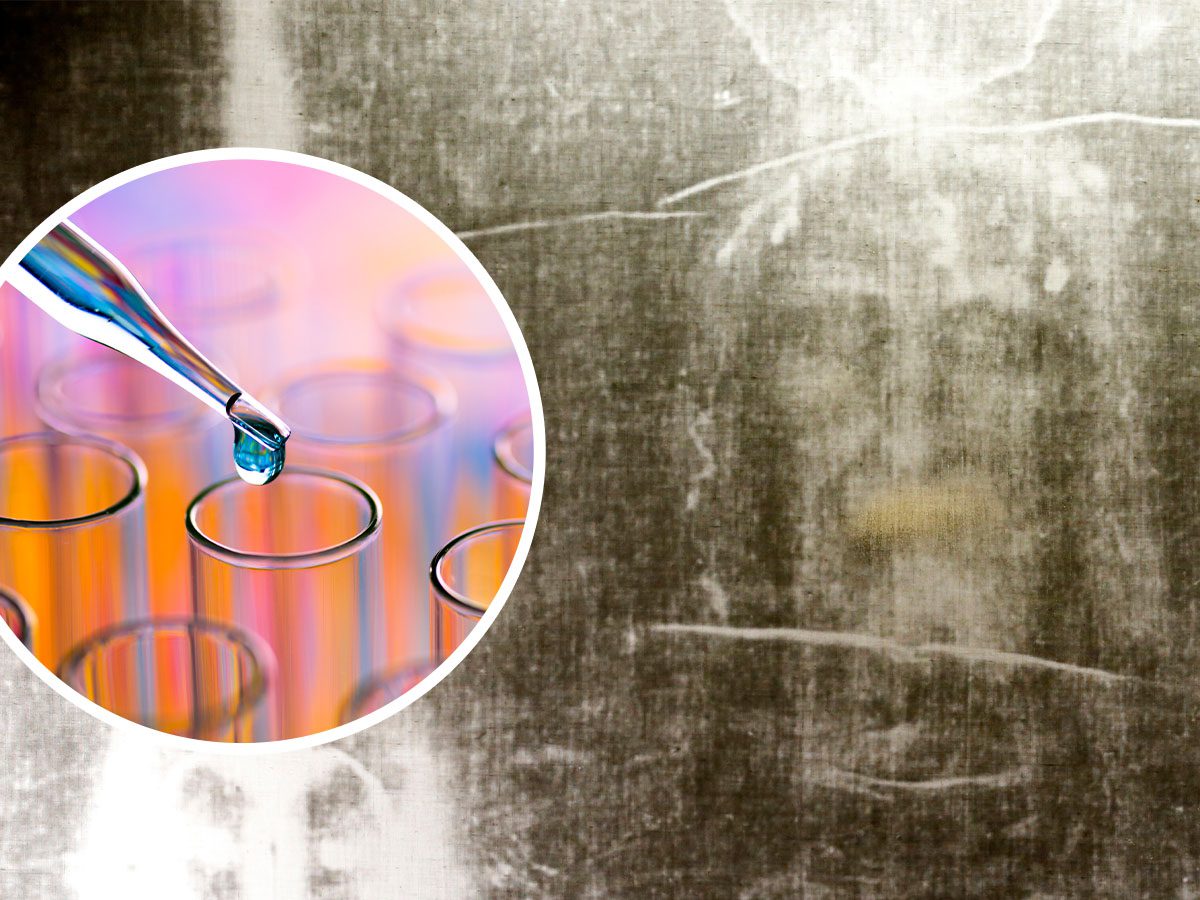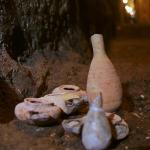
The Turin Shroud has had decades of mystery surrounding it, with the faithful insisting the strange markings around it, that appear to be blood, and the eerie image of a man’s face indicating the Shroud may in fact be Jesus’s own burial shroud. Skeptics, however, have claimed the Shroud to be a fake, dating from a much later date than true believers claim. Bishop Pierre d’Arcis of Troyes wrote in 1389 that the Shroud was a forgery. In 1988, researchers dated the cloth from around medieval times, strengthening skeptics’ position. Until now.
Italian scientists have conducted a new study utilizing x-rays, concluding the Shroud to be much older than previously thought. In fact, scientists concluded the Shroud dates all the way to the days of Jesus. “The data profiles were fully compatible with analogous measurements obtained on a linen sample whose dating, according to historical records, is 55-74 AD, found at Masada, Israel [Herod’s famous fortress built on a limestone bedrock overlooking the Dead Sea],” the study claimed. Scientists also compared fibers from the Shroud with fibers dating from 1260 and 1390 AD but were unable to find any matches.
So why was the cloth dated to medieval times previously? “To make the present result compatible with that of the 1988 radiocarbon test, the Shroud of Turin should have been conserved during its hypothetical seven centuries of life at a secular room temperature very close to the maximum values registered on the earth,” said researchers. They stated that the 1988 study based itself on wrong assumptions because, “Fabric samples are usually subject to all kinds of contamination, which cannot be completely removed from the dated specimen. If the cleaning procedure of the sample is not thoroughly performed, carbon-14 dating is not reliable.” Other peer-reviewed studies have been performed on the Shroud since the 80s, with many concluding the Shroud’s authenticity. For the Shroud to date from the days of Jesus, scientists would have to confirm whether it was maintained around an average temperature of 22 C (72 F) and around 55% humidity for the thirteen hundred years before its discovery. Such confirmation could be drawn by comparing historical records detailing the temperature conditions and climate of possible places where the Shroud might have been kept would match those needed conditions.
Another study earlier this year used isotope studies, which showed the flax used to make the Shroud was grown in the Middle East. Other tests have concluded that the dark marks on the Shroud are human blood. Political commentator and devout Catholic, Michael Knowles, called the new study, “scandalous.” “It might all be true, the claims that God makes in the Bible, the claims that the church makes,” he said on his show. “That might be scary or scandalous to some people that religion might not be something floating around in your head or personal preference. There might be a right answer or a right way for you to live. You might be required to use your reason to open your heart to faith and revelation and live in the right way so you can know God. And you might be led to God or convinced of things like that because of some really old Shroud like this one.”


